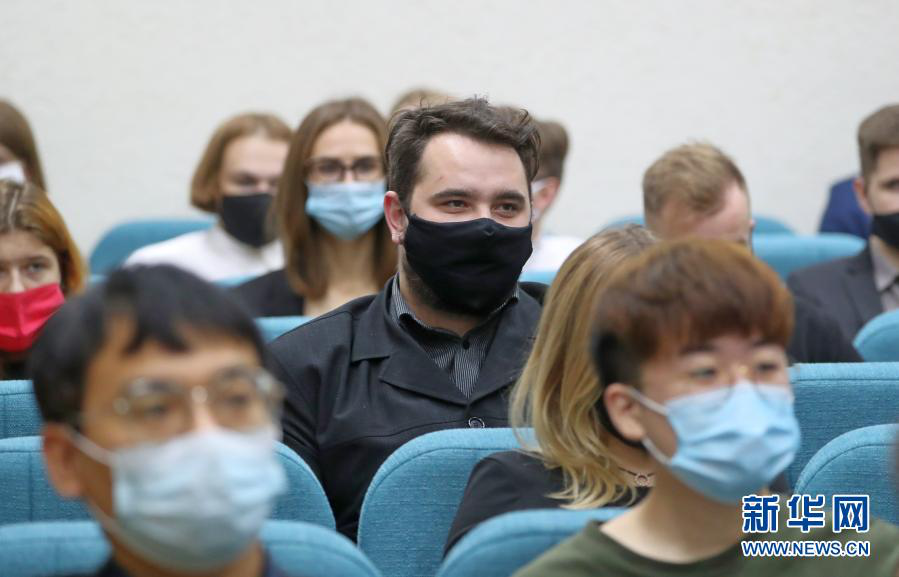“International Museum Day” is on May 18th on which, relating institutions of China and French have co-hosted an online symposium of “Sino-France Cultural Talk: the Digital Effort and Communication for Dunhuang Studies”. During the symposium, it has been announced the start of a “digital cave for preserving Buddhist sutra” which is used for the common exploration of a new direction for the digital protection and spread of Dunhuang cultural relics and more people can appreciate them through digital methods and feel the beauty of Dunhuang culture.
The symposium is hold by Dunhuang Academy, French Musée Guimet, Tencent and France-Chinese Federation of Culture and Arts. According to the host, participating experts are from Beijing, Shenzhen, Lanzhou and Paris. Every party focused on the Dunhuang art and literature and exchanged ideas about the protection and innovative communication of cultural relics in the digital era.
Sophie Makariou, curator of Musée Guimet said that Dunhuang cultural relics in Musée Guimet has high academic and social value in art and culture. With the help of the digital bridge, she expects that Sino-France communication about Dunhuang culture can be continuously deepened and can cover more areas and that more co-hosted digital exhibition of cultural relics can be hold.
Zhao Shengliang, the dean of Dunhuang Academy, said in his speech that the eastern beauty in the Dunhuang Caves influences the whole world and has features of multiple nationalities and regional cultures. Digitalization is an important way to promote Dunhuang culture, so China hope to cooperate with more cultural exhibition institutes to promote the digitalization of Dunhuang cultural relics and academic exchanges, both of which could better promote the Dunhuang culture in the world.
The host said that a normal cooperation pattern can be established through academic exchanges and interaction between Dunhuang Academy and Musée Guimet in terms of digital protection and promotion and more cultural corporations are possible, including a co-exhibition of Dunhuang relics in China and France. Meanwhile, more cultural institutions from home and abroad can also engage in the communication and digital exploration of Dunhuang culture to jointly create a cultural communication and sharing platform. In this way, changing ideas and mutual learning are promoted as well as digital production and online spread of cultural products can be enhanced.
